Home>Maintenance & Safety>Child & Elderly Safety at Home>What Kind Of Booster Seat For A 6-Year-Old
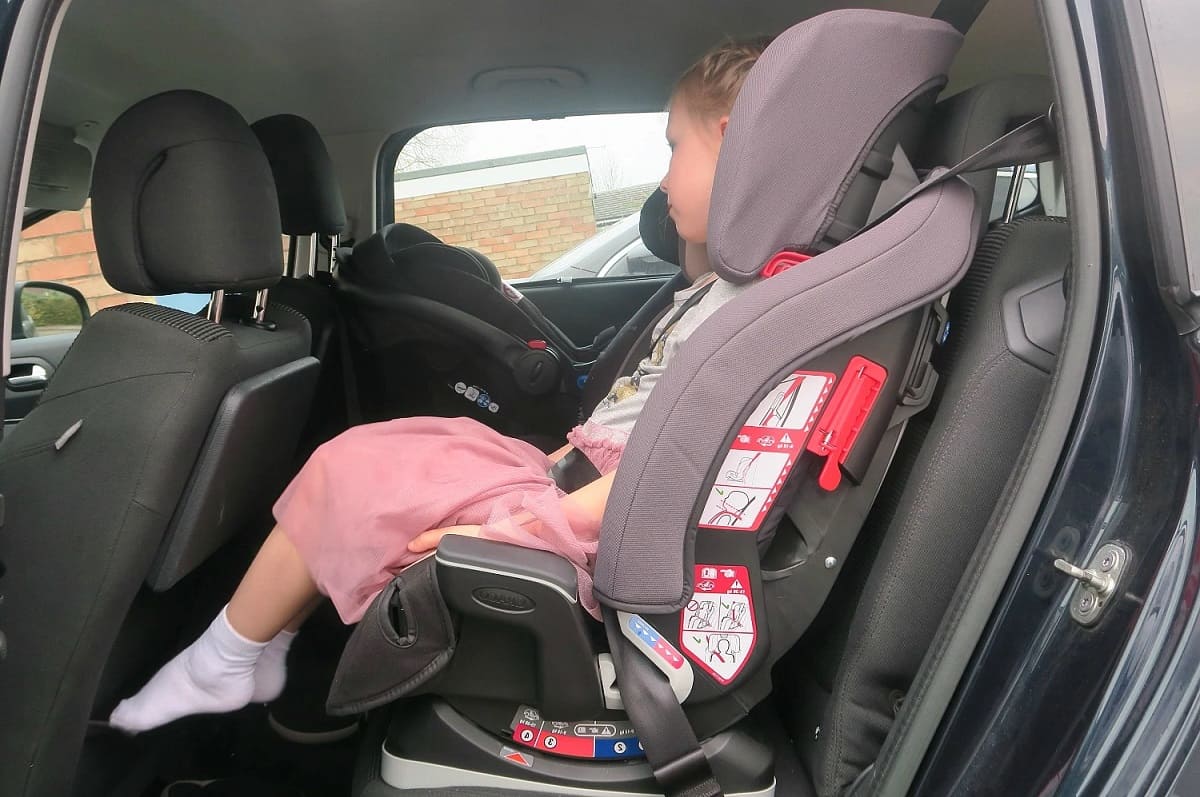

Child & Elderly Safety at Home
What Kind Of Booster Seat For A 6-Year-Old
Modified: March 2, 2024
Find the best booster seat for your 6-year-old to ensure child and elderly safety at home. Discover top recommendations and expert tips for a secure and comfortable choice.
(Many of the links in this article redirect to a specific reviewed product. Your purchase of these products through affiliate links helps to generate commission for Storables.com, at no extra cost. Learn more)
Introduction
Ensuring the safety of our children is a top priority for every parent or guardian. As children grow and reach new developmental milestones, their safety needs evolve as well. One crucial aspect of child safety, particularly for 6-year-olds, is the use of booster seats in vehicles. Booster seats play a vital role in providing the necessary support and protection for young children during car rides.
In this comprehensive guide, we will delve into the world of booster seats for 6-year-olds, exploring the different types available, safety guidelines, and essential installation tips. By the end of this article, you will have a clear understanding of the importance of booster seats and how to select the most suitable one for your child's needs.
Let's embark on this journey to ensure the safety and well-being of our little ones as we navigate the roadways.
Key Takeaways:
- Booster seats for 6-year-olds provide crucial protection by elevating children to the right height for seat belts. Choosing the right type based on the child’s size, vehicle design, and safety features ensures maximum safety and comfort.
- Proper installation and usage of booster seats are essential for child safety. Following safety guidelines, securing seat belt positioning, and regular safety checks create a secure and protected environment for 6-year-old passengers.
Read more: What Kind Of Booster Seat For A 5-Year-Old
Understanding Booster Seats
Booster seats are specially designed to elevate a child to the correct height, allowing the vehicle's seat belt to fit properly. At the age of 6, children have outgrown their forward-facing car seats and are ready to transition to booster seats. These seats are crucial as they help position the vehicle's seat belt across the strongest parts of a child's body, providing optimal protection in the event of a collision.
There are two primary types of booster seats: high-back boosters and backless boosters. High-back boosters offer head and neck support, making them ideal for vehicles without headrests or for children who tend to fall asleep during car rides. On the other hand, backless boosters are more compact and suitable for vehicles with adequate head support. Both types are designed to raise the child to the appropriate height, ensuring that the seat belt fits snugly across the chest and hips, rather than across the neck or abdomen.
It's important to note that booster seats are not a one-size-fits-all solution. They are specifically designed to accommodate children based on their height, weight, and age. This ensures that the seat belt is positioned correctly, reducing the risk of injury in the event of a crash. Additionally, booster seats are equipped with guides and clips to ensure that the seat belt is positioned properly over the child's body, maximizing its effectiveness.
Understanding the purpose and functionality of booster seats is essential for parents and guardians. By providing the necessary elevation and support, booster seats play a critical role in safeguarding children during car journeys. As we delve deeper into the world of booster seats, we will explore the various types available and the factors to consider when selecting the most suitable option for a 6-year-old.
Choosing the Right Type of Booster Seat
When it comes to choosing the right type of booster seat for a 6-year-old, several factors come into play. Understanding these considerations is crucial in ensuring that the selected booster seat provides optimal safety and comfort for the child.
Consider the Child's Height and Weight
One of the primary factors to consider when selecting a booster seat is the child's height and weight. Different booster seats are designed to accommodate varying height and weight ranges. It's essential to refer to the manufacturer's guidelines to ensure that the chosen booster seat aligns with the child's physical attributes. This ensures that the seat belt will fit properly and provide the necessary protection in the event of a collision.
Assess the Vehicle's Design
The design of the vehicle also plays a significant role in determining the most suitable type of booster seat. For vehicles with low seat backs or no headrests, a high-back booster seat is recommended as it provides the necessary head and neck support. On the other hand, vehicles with adequate head support may be compatible with backless booster seats. Assessing the vehicle's design helps in selecting a booster seat that aligns with the vehicle's features, ensuring a secure fit and optimal protection for the child.
Read more: What Booster Seat Is Best For 4-Year-Old
Evaluate the Child's Comfort and Behavior
Understanding the child's comfort and behavior during car rides is essential in choosing the right type of booster seat. For children who tend to fall asleep during journeys, a high-back booster seat offers the necessary head support, preventing their heads from slumping uncomfortably. Additionally, considering the child's behavior, such as their ability to sit still and maintain proper posture, aids in determining whether a high-back or backless booster seat is more suitable for their needs.
Consider Long-Term Versatility
Selecting a booster seat that offers long-term versatility is advantageous, especially as children continue to grow. Some booster seats are designed to accommodate a wider height and weight range, allowing for extended use as the child progresses through different developmental stages. Opting for a versatile booster seat ensures that it can adapt to the child's changing needs, providing a cost-effective and practical solution for long-term use.
Prioritize Safety Features
Prioritizing safety features such as adjustable headrests, side-impact protection, and secure harness systems is paramount when choosing a booster seat. These features enhance the overall safety and protection provided by the booster seat, offering peace of mind to parents and guardians. Additionally, ensuring that the booster seat meets or exceeds safety standards set by regulatory authorities further reinforces its reliability and effectiveness in safeguarding the child during car journeys.
By considering these factors, parents and guardians can make an informed decision when choosing the right type of booster seat for a 6-year-old. Prioritizing the child's safety, comfort, and long-term usability ensures that the selected booster seat aligns with the child's specific needs, providing a secure and supportive environment during car rides.
Safety Guidelines for Booster Seats
Ensuring the proper use of booster seats is essential for maximizing child safety during car journeys. Adhering to safety guidelines not only provides optimal protection but also minimizes the risk of injury in the event of a collision. Here are comprehensive safety guidelines to consider when using booster seats for 6-year-olds:
Read more: What Booster Seat Is Best For 7-Year-Old
Regular Safety Checks
Regularly inspect the booster seat for any signs of wear, tear, or damage. This includes checking the integrity of the seat's structure, harness systems, and any additional safety features. Ensuring that the booster seat is in good condition is crucial for maintaining its effectiveness in providing protection for the child.
Proper Seat Belt Positioning
The seat belt should be positioned correctly over the child's body when using a booster seat. The lap belt should fit snugly across the upper thighs, not the stomach, and the shoulder belt should rest comfortably across the chest and shoulder, avoiding the neck or face. Proper seat belt positioning is vital for distributing crash forces across the strongest parts of the child's body.
Secure Installation
Follow the manufacturer's instructions meticulously when installing the booster seat in the vehicle. Ensure that the seat is securely fastened and does not have excessive movement. For high-back booster seats, the headrest should be adjusted to align with the child's shoulders, providing adequate head and neck support.
Age, Height, and Weight Guidelines
Adhere to the age, height, and weight guidelines specified by the booster seat manufacturer. These guidelines are designed to ensure that the child is within the appropriate range for using the booster seat. Following these specifications guarantees that the child receives the necessary support and protection based on their developmental stage.
Read more: How Old For Booster Seat In Illinois
Avoid Front Seat Placement
It is recommended to place booster seats in the back seat of the vehicle, away from active airbags. Placing a child in a booster seat in the front seat, especially if the vehicle is equipped with passenger-side airbags, can pose a significant safety risk. The back seat is the safest location for children to ride, especially when using booster seats.
Replace After a Crash
If the vehicle has been involved in a moderate to severe crash, it is imperative to replace the booster seat, even if no visible damage is present. The structural integrity of the booster seat may have been compromised during the collision, rendering it less effective in providing protection in subsequent incidents.
By adhering to these safety guidelines, parents and guardians can ensure that booster seats are utilized effectively, providing the highest level of safety for 6-year-olds during car journeys. Prioritizing these safety measures contributes to creating a secure and protected environment for children as they travel in vehicles.
Installation and Usage Tips
Proper installation and usage of booster seats are paramount in ensuring the safety and protection of 6-year-old children during car rides. By following essential installation and usage tips, parents and guardians can create a secure environment for their young passengers.
Follow Manufacturer's Instructions
Always refer to the manufacturer's instructions when installing a booster seat. Each booster seat model may have specific installation requirements, including the use of seat belt positioning guides, tether anchors, or other securing mechanisms. Adhering to the manufacturer's guidelines guarantees that the booster seat is installed correctly, maximizing its effectiveness in providing protection for the child.
Read more: How Old For Booster Seat In New Jersey?
Secure Seat Belt Positioning
When securing a child in a booster seat, ensure that the seat belt is positioned correctly. The lap belt should rest low across the hips and upper thighs, not on the stomach, while the shoulder belt should cross the chest and shoulder, avoiding the neck or face. Proper seat belt positioning is crucial for distributing crash forces across the strongest parts of the child's body, minimizing the risk of injury.
Utilize Built-In Guides and Clips
Many booster seats are equipped with built-in seat belt guides and clips designed to ensure the proper positioning of the vehicle's seat belt over the child's body. These features help maintain the correct fit of the seat belt, enhancing the overall safety and protection provided by the booster seat. Utilizing the built-in guides and clips according to the manufacturer's instructions optimizes the functionality of the booster seat.
Read more: What Booster Seat Is Best For 7-Year-Old
Regular Safety Checks
Perform regular safety checks on the booster seat to ensure that it remains in optimal condition. Inspect the seat for any signs of wear, tear, or damage, including the integrity of the structure, harness systems, and additional safety features. By conducting routine safety checks, parents and guardians can address any potential issues promptly, maintaining the booster seat's effectiveness in safeguarding the child.
Educate Child on Proper Usage
It is essential to educate the child on the proper usage of the booster seat. Teach them the importance of sitting upright and keeping the seat belt positioned correctly at all times during car rides. By instilling good seating habits and emphasizing the significance of following safety guidelines, children can actively participate in creating a safe and secure environment while traveling in vehicles.
Read more: What Is A Booster Seat
Seek Professional Assistance if Needed
If there are uncertainties regarding the installation or usage of a booster seat, seek professional assistance. Certified child passenger safety technicians can provide valuable guidance and support in ensuring that the booster seat is installed and utilized correctly. Seeking professional assistance offers peace of mind to parents and guardians, knowing that the booster seat meets the highest safety standards.
By incorporating these installation and usage tips into the routine use of booster seats, parents and guardians can uphold the highest safety standards for 6-year-old children during car journeys. Prioritizing proper installation, secure seat belt positioning, and regular safety checks contributes to creating a safe and protected environment, enhancing the overall well-being of young passengers.
Conclusion
In conclusion, the safety and well-being of 6-year-old children during car journeys are significantly enhanced through the proper selection, usage, and installation of booster seats. Understanding the purpose and functionality of booster seats, as well as the different types available, provides parents and guardians with the knowledge to make informed decisions when choosing the most suitable option for their child. By considering factors such as the child's height and weight, the vehicle's design, long-term versatility, and safety features, the selection process can be tailored to meet the specific needs of the child, ensuring optimal safety and comfort.
Adhering to safety guidelines and prioritizing proper installation and usage of booster seats further reinforces the protective environment provided for 6-year-olds during car rides. Regular safety checks, correct seat belt positioning, and education on proper usage contribute to creating a secure and supportive setting, minimizing the risk of injury in the event of a collision. Additionally, seeking professional assistance when needed ensures that booster seats meet the highest safety standards, offering peace of mind to parents and guardians.
As we navigate the roadways with our young passengers, the utilization of booster seats remains a fundamental aspect of child safety. By embracing the knowledge and guidelines presented in this comprehensive guide, parents and guardians can confidently prioritize the safety and protection of 6-year-old children during car journeys. The commitment to providing a secure and safeguarded environment for our little ones reflects our dedication to their well-being and sets the foundation for a safe and enjoyable travel experience for the entire family.
In essence, the journey of selecting, installing, and utilizing booster seats for 6-year-olds is not only about meeting safety requirements but also about creating a nurturing and secure space where children can thrive. By integrating these practices into our daily routines, we uphold the value of child safety and ensure that every car ride is accompanied by the peace of mind that comes from knowing our young passengers are well-protected. Let us continue to prioritize the safety of our children, embracing the role of booster seats as essential guardians on the road, guiding our little ones towards safe and memorable journeys.
Frequently Asked Questions about What Kind Of Booster Seat For A 6-Year-Old
Was this page helpful?
At Storables.com, we guarantee accurate and reliable information. Our content, validated by Expert Board Contributors, is crafted following stringent Editorial Policies. We're committed to providing you with well-researched, expert-backed insights for all your informational needs.
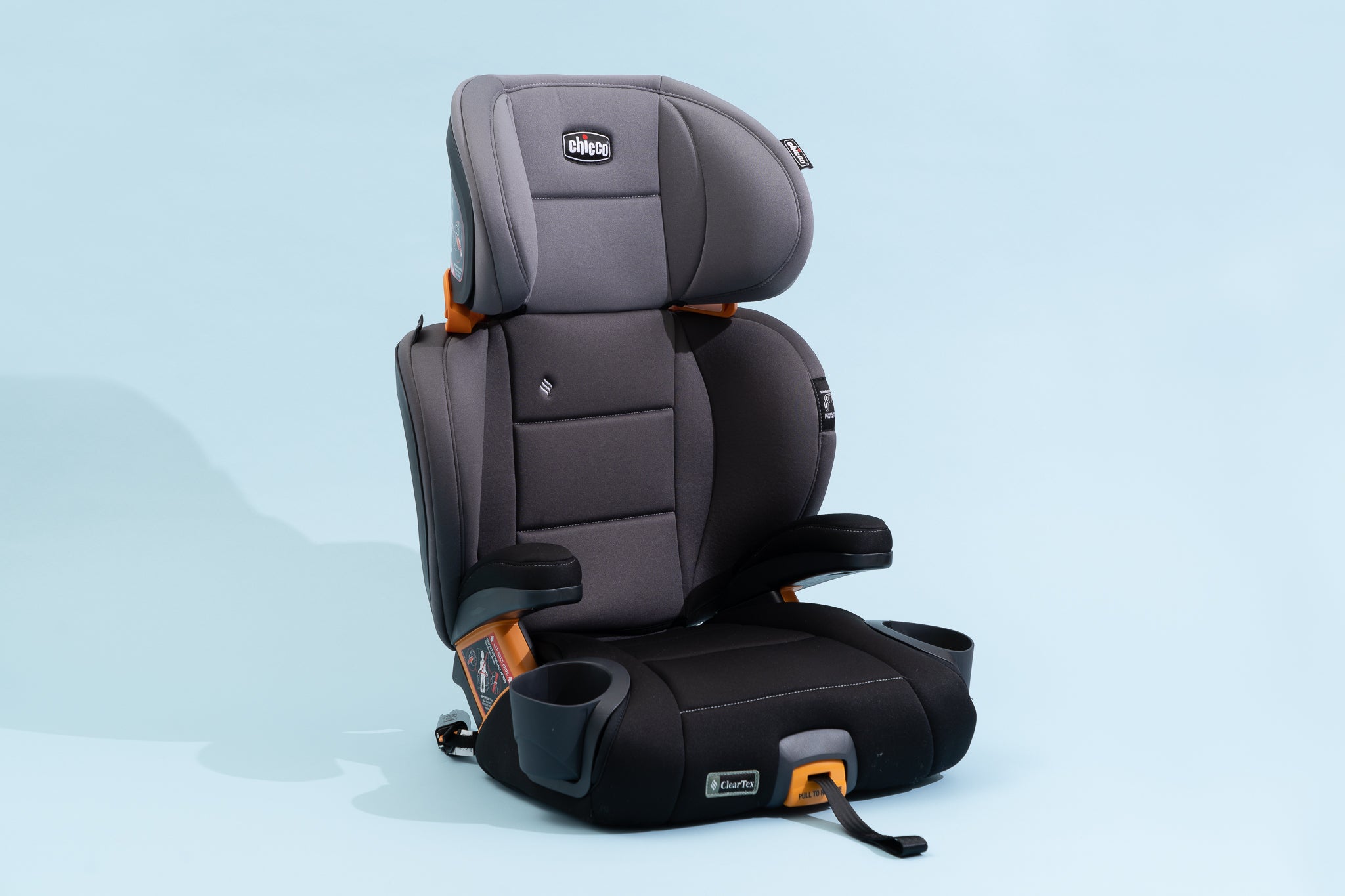
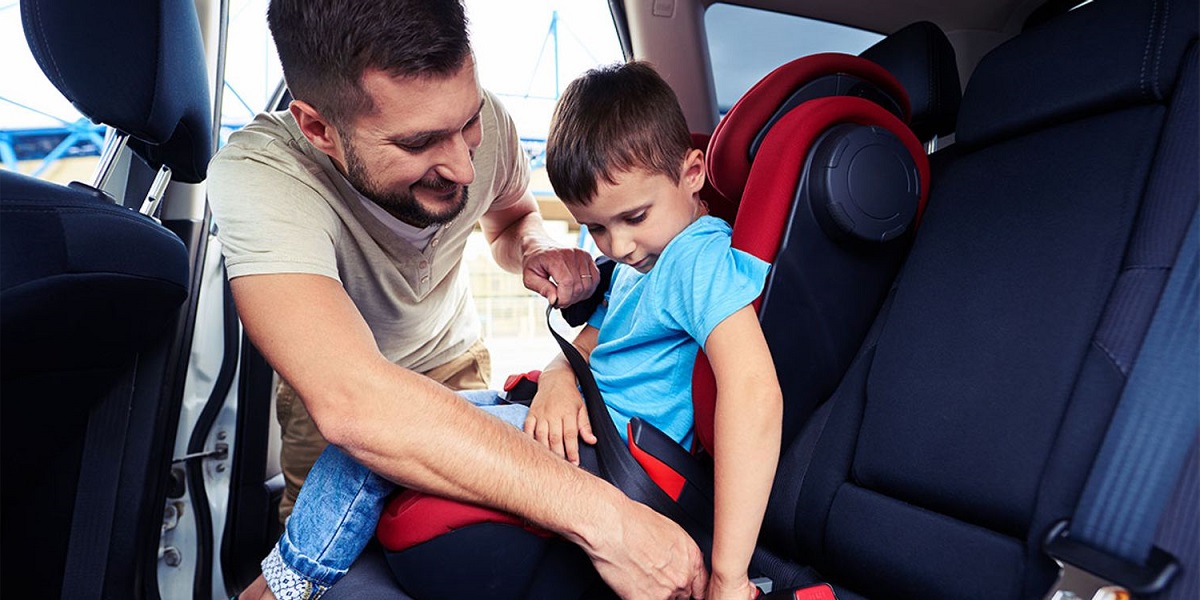

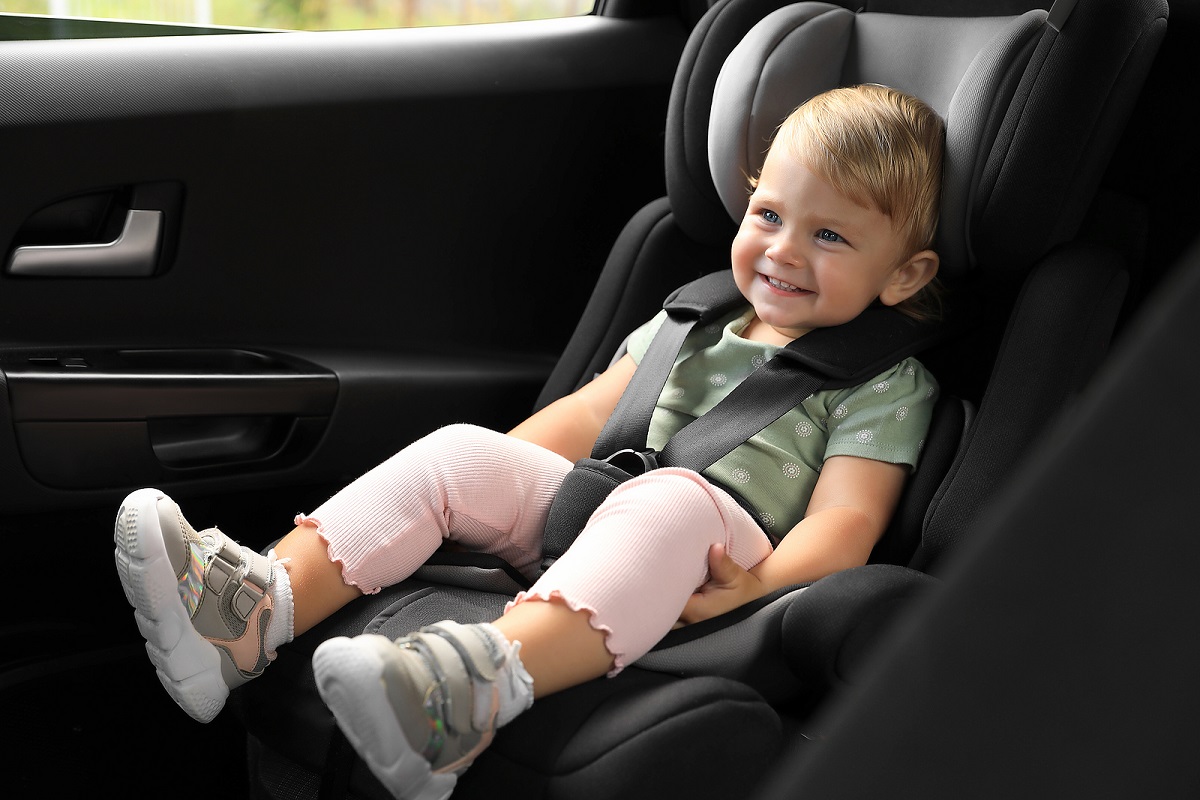
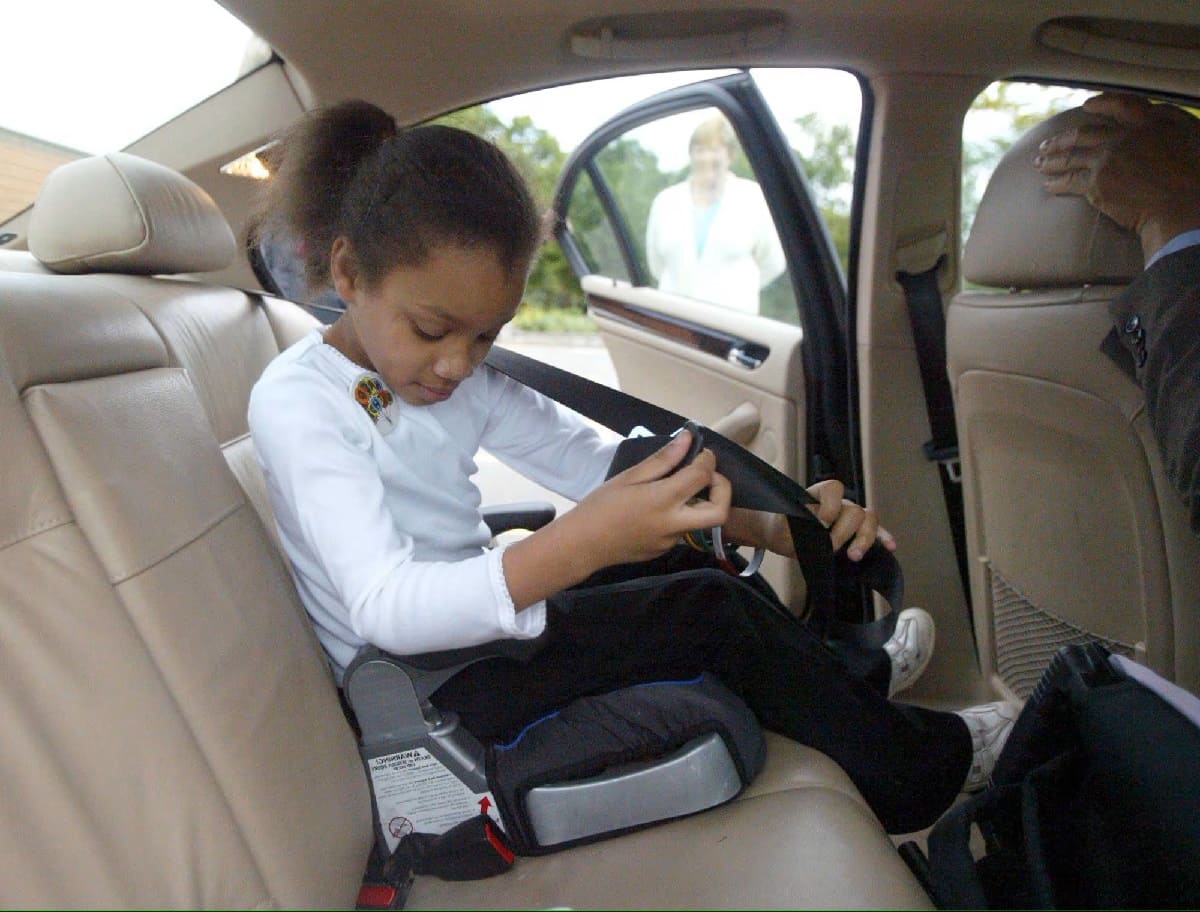
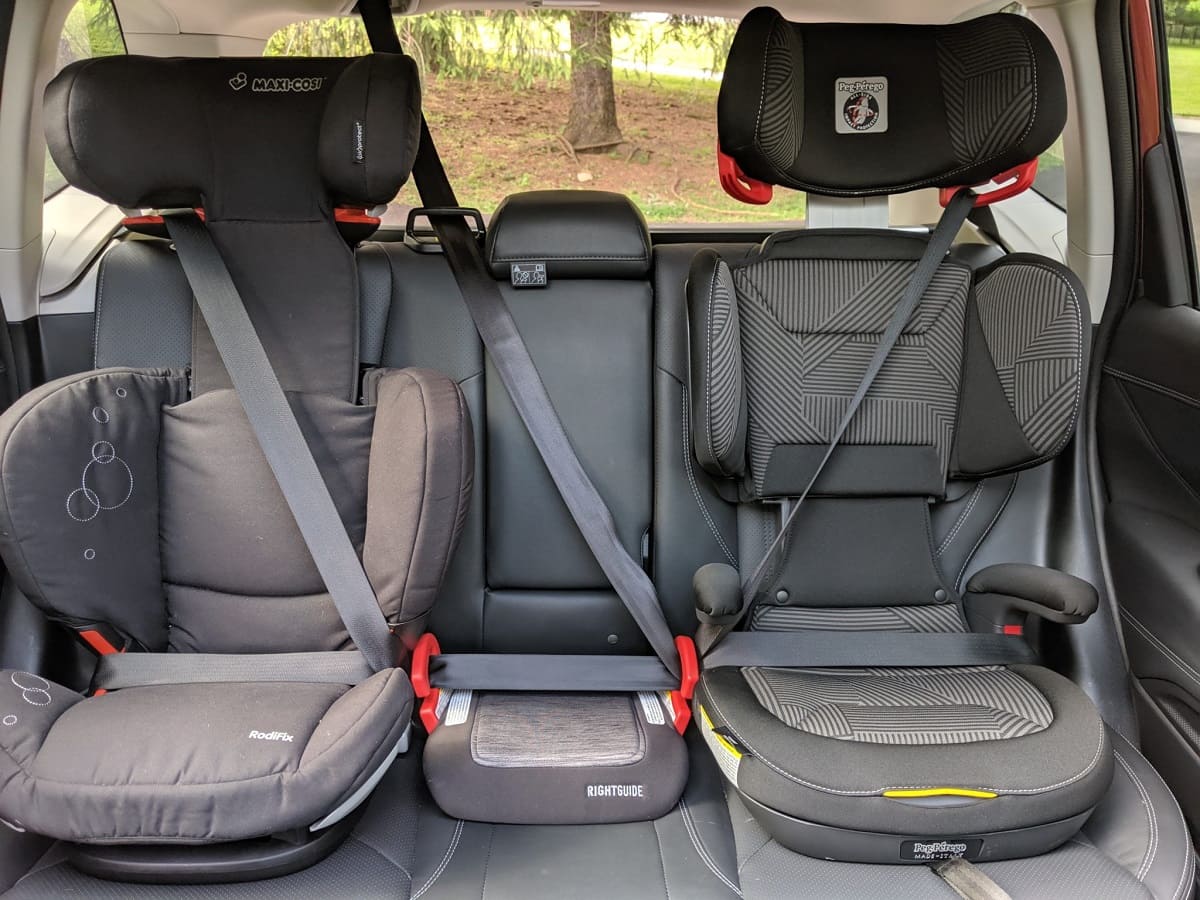
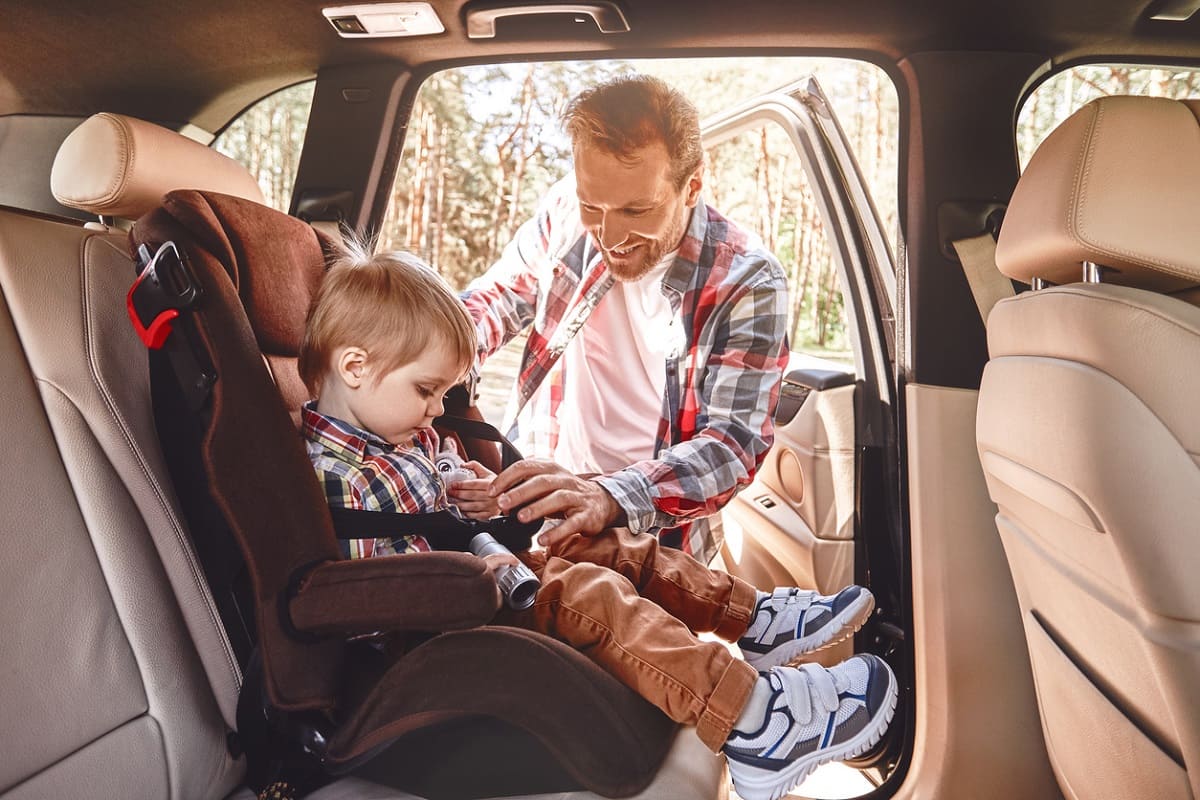
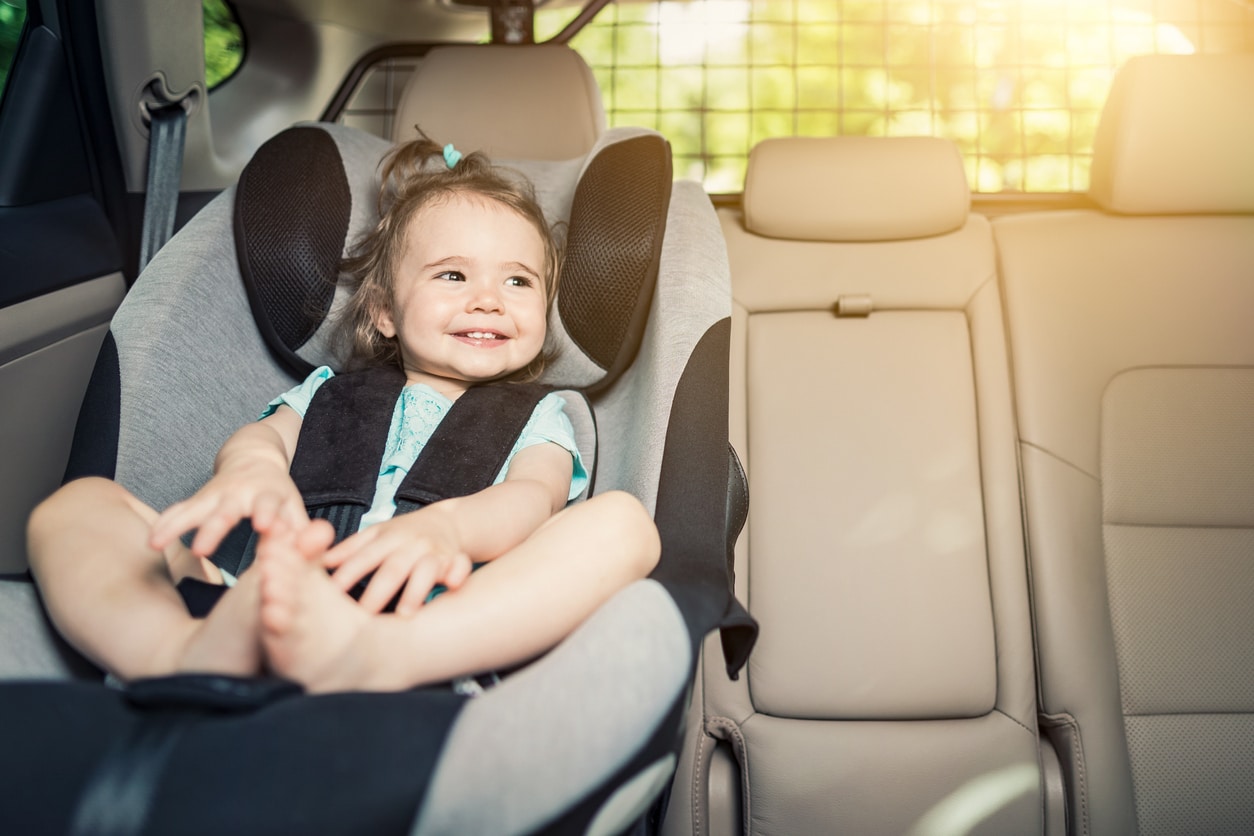
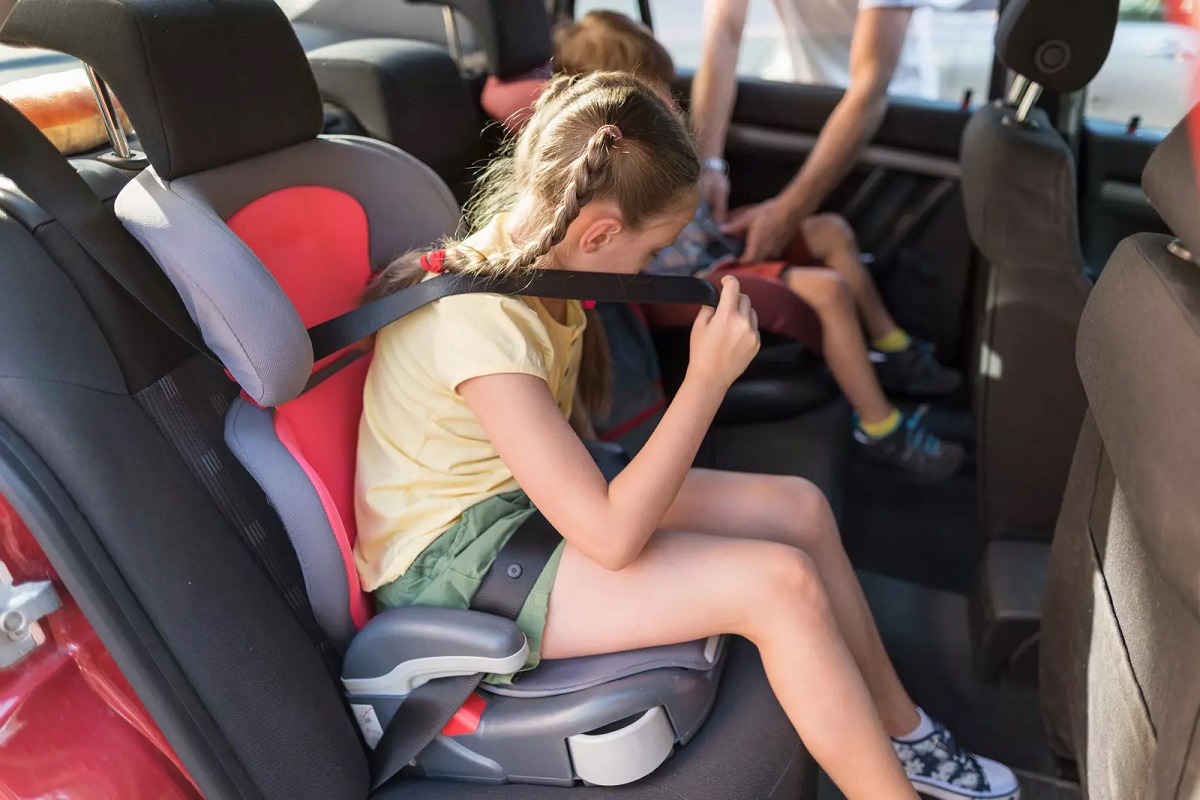
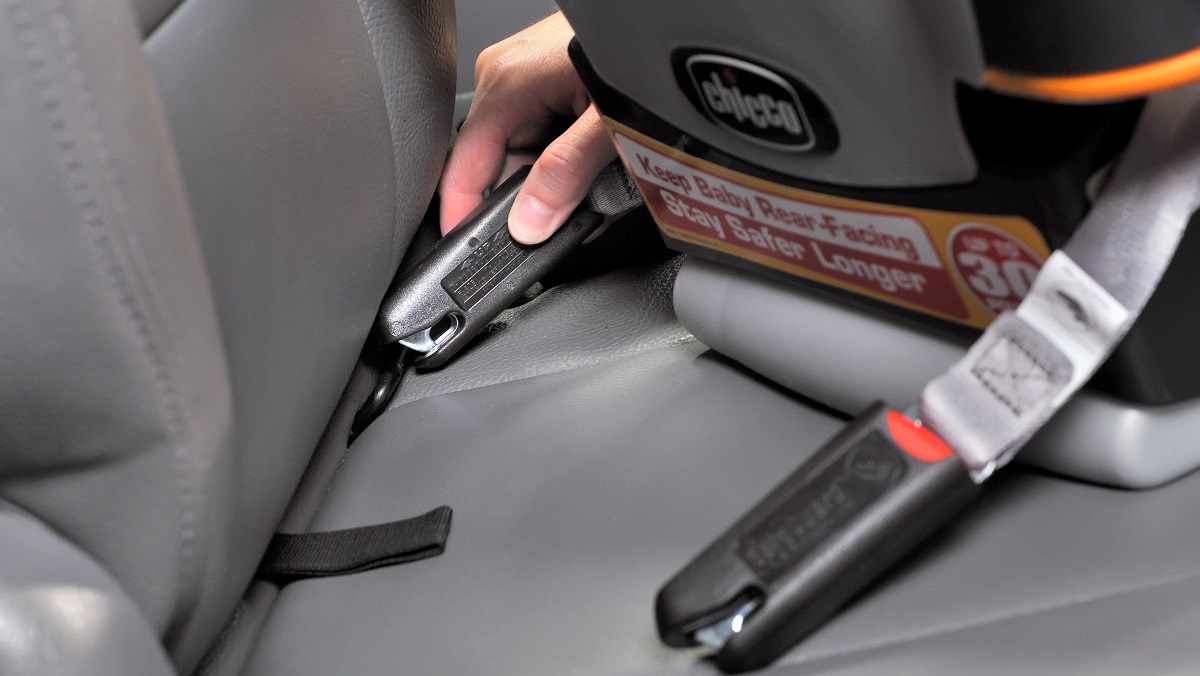

0 thoughts on “What Kind Of Booster Seat For A 6-Year-Old”